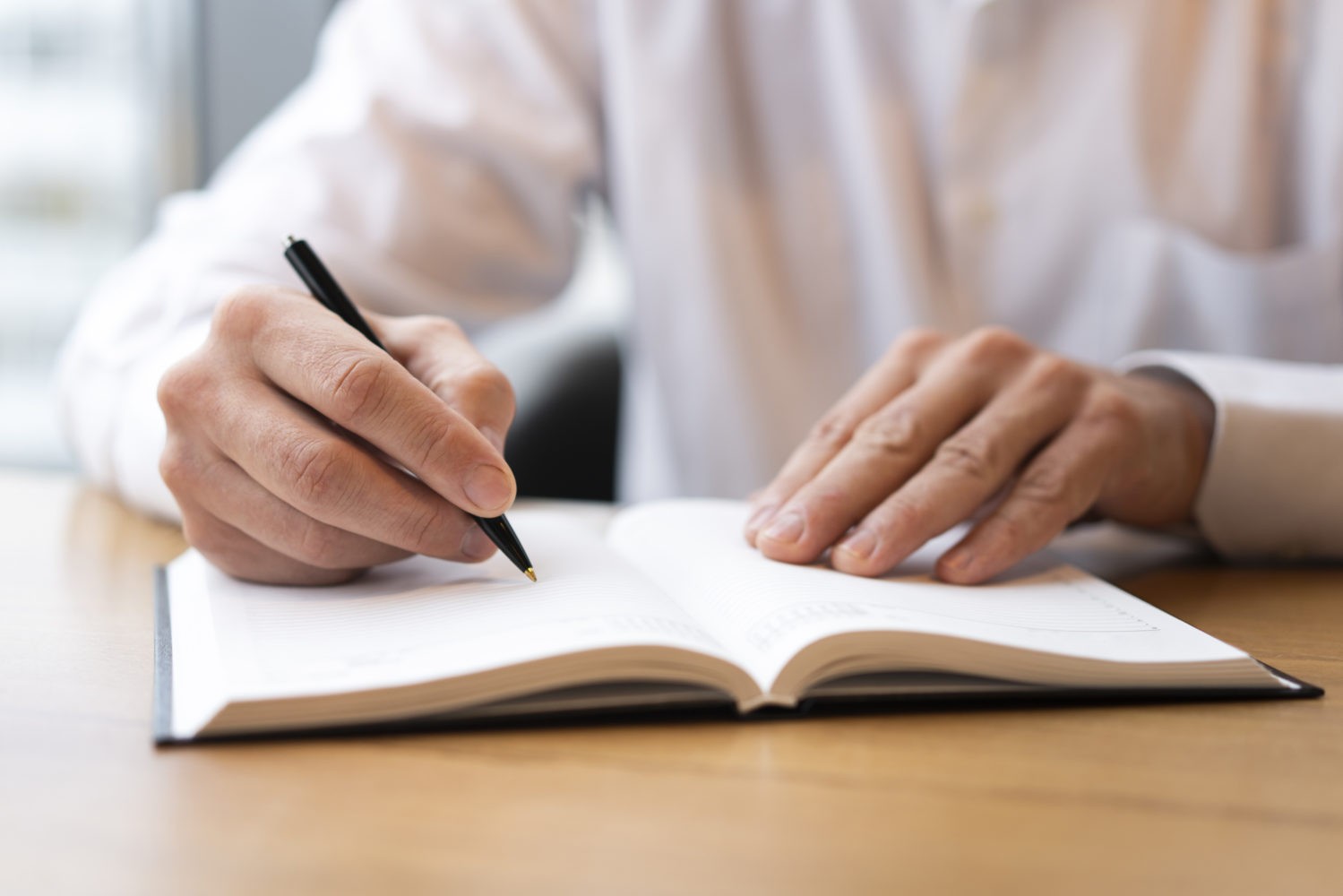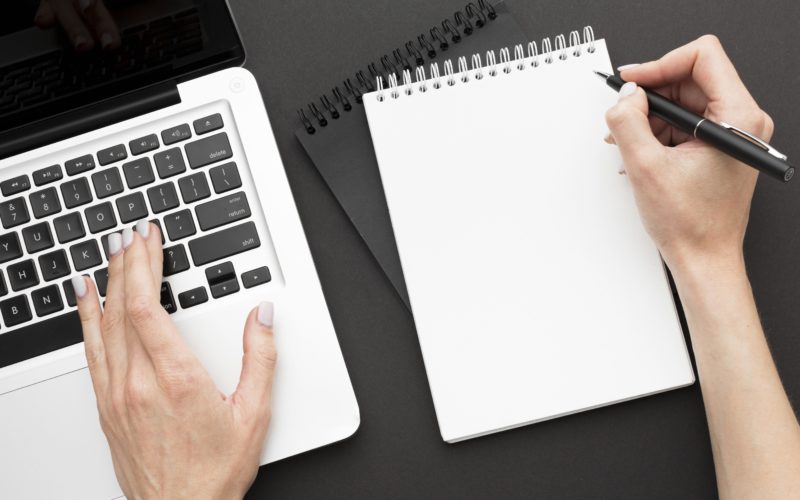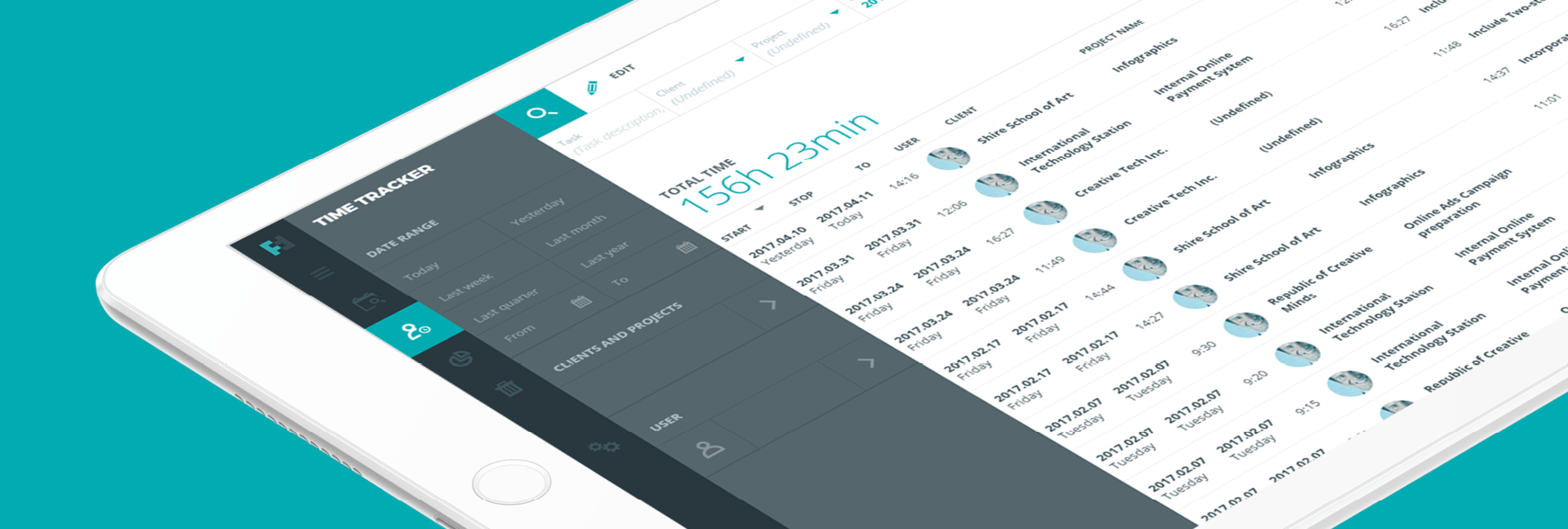Note-taking isn’t just something you do in school — it’s a powerful tool that can help you think clearly, remember more, and stay organized in all areas of life. Whether you’re a student, professional, or lifelong learner, note-taking is the bridge between hearing something once and actually remembering it long-term. Ever find yourself reading a book or sitting in a meeting only to forget most of it the next day? That’s where solid note taking methods can help.
Good notes are like a personalized guide to understanding and remembering key ideas. They reduce the overload of information and allow you to focus on what really matters. This is especially important today when we’re constantly bombarded with data from all directions. Without a good system, it’s easy to lose track of important insights or waste time trying to recall what we learned.
Furthermore, note-taking enhances critical thinking. You’re not just copying information — you’re processing it, organizing it, and linking it with what you already know. This active engagement helps your brain build stronger connections, making it easier to recall information when you need it. Whether it’s preparing for an exam, writing a report, or brainstorming your next big idea, your notes are your best thinking partner.
The Science Behind Effective Note-Taking
There’s actual science supporting why note-taking is so effective. Research shows that writing notes by hand activates different parts of the brain associated with learning and memory. It forces you to summarize and rephrase information in your own words, which helps in encoding the material better.
Studies also highlight that people who take notes actively — organizing, condensing, and questioning the material — retain more than those who passively transcribe. This is known as the “generation effect,” where information is better remembered if it’s generated from one’s own mind rather than simply received.
Even the act of reviewing your notes later helps with what’s called “spaced repetition.” Revisiting information at intervals strengthens memory and helps move knowledge from short-term to long-term storage.
So, effective note taking isn’t about writing down every word you hear. It’s about engaging with the material, organizing it meaningfully, and reviewing it strategically. Let’s dive into the different methods that can help you do just that.

Traditional Note-Taking Methods
The Outline Method
The Outline Method is perhaps the most classic and widely used note-taking system, and for good reason — it’s simple, organized, and versatile. If you’ve ever written a structured essay or prepared a speech, you’re already familiar with how outlines work. The idea is to break information into main topics, subtopics, and supporting details using indentation or bullet points.
Here’s how it works in practice:
- Main topics are written on the left margin.
- Subtopics and supporting details are indented underneath.
- Each level of indentation shows a deeper level of detail.
For example:
- Main Topic
- Subtopic
- Detail
- Example
- Subtopic
This method is especially useful in lectures or readings that follow a clear, hierarchical structure — like history classes, legal studies, or management theory. It helps in capturing the main ideas first, then diving into the specifics, making it easier to review and study later.
What makes the Outline Method effective is its clarity. You can quickly scan your notes to locate key points and understand how ideas are related. Plus, it encourages logical thinking by forcing you to categorize and prioritize information. And if you’re a visual learner, the structured format helps you see the flow of ideas at a glance.
However, the Outline Method does require you to stay on top of the lecture’s organization. If the speaker jumps around or covers topics out of order, it might become confusing. In that case, you might want to switch to a more flexible method like mapping or sentence note-taking.
The Cornell Method
The Cornell Method is a structured note-taking system that helps not just with recording information, but also with reviewing and understanding it. Developed at Cornell University in the 1950s, this method divides your note page into three distinct sections: the cue column, the note-taking area, and the summary.
Here’s how it works:
- Note-Taking Area (Right side): This is where you write your main notes during a lecture or reading.
- Cue Column (Left side): After class, write down key terms, questions, or prompts that relate to the notes on the right.
- Summary (Bottom): At the end of the page, write a 2-3 sentence summary of the page’s content.
The strength of the Cornell Method lies in its ability to encourage active recall. By writing questions or keywords in the cue column, you challenge yourself to recall the material without looking, which reinforces learning. The summary section forces you to synthesize the information, making it easier to grasp the big picture.
This method is fantastic for studying. When reviewing, you can cover the note section and try to answer the questions or explain the keywords in the cue column. It turns your notes into a built-in quiz tool, perfect for exam preparation.
Moreover, the Cornell layout is especially helpful for subjects with lots of terms, facts, or concepts — like biology, psychology, or economics. It organizes your thinking and helps turn passive notes into an active learning experience.
The Mapping Method
The Mapping Method is a visual approach that shows relationships between ideas through diagrams and connections. Think of it like a tree where a main topic is the trunk, and subtopics branch off. It’s less about linear structure and more about how concepts interlink.
Here’s how to use it:
- Start with a central idea or topic in the middle of your page.
- Draw branches outward for subtopics or main points.
- From each subtopic, add more branches for details or examples.
This method is ideal for visual learners and for subjects where relationships and concepts matter more than strict order — like philosophy, literature, or science.
What makes mapping powerful is that it mimics how our brain naturally organizes information. It’s nonlinear, which helps when your lecture isn’t very structured or jumps between themes. The visuals also make reviewing easier since you can see how everything connects at a glance.
That said, it may not be suitable for every subject, especially ones that need step-by-step analysis. And it can get messy if you’re not careful with spacing. But when used right, it’s a creative and effective way to learn deeply and retain information long-term.
Final Thoughts on Mastering Note-Taking
Note-taking isn’t just about recording facts. It’s about capturing meaning, making connections, and creating a personalized roadmap to knowledge. As you experiment with different techniques, you’ll discover what works for you in different scenarios. Don’t be afraid to mix and match — sometimes, blending structure with visuals or digital with handwritten notes can lead to even better results.
The journey to mastering note-taking is ongoing. Your needs will evolve as you move through school, work, and life — but the ability to take effective notes will always be an asset. So grab your pen, open your app, or sketch out your ideas — and take notes like a pro.












